In May of 1982, Pope John Paul II offered a most profound explanation of suffering to an audience at Southwark’s Cathedral in the United Kingdom. “By dying on the Cross,” he stated, “Christ reveals to us the meaning of our suffering. In his Passion we find the encouragement and strength to avoid every temptation to bitterness and, through pain, to grow into a new life. Suffering is an invitation to be like the Son by doing the will of the Father. We are offered the opportunity to imitate Christ, who died to redeem mankind from sin. Thus the Father wished suffering to enrich the individual and the whole Church.”
Nearly four decades later, I first read those words while in the depths of recovering from an eating disorder that had ravaged my body for five years.
One does not choose illness. In the rosy days of high school, I did not choose to fall into an eating disorder. A desire to excel athletically, the often misguided culture surrounding women’s health and fitness, and my Type A personality melded together, forming the malevolent catalyst that would precipitate a years-long battle with my body. My university years, though in many ways replete with the wholesome coming of age joys, passed in the omnipresent shadow of my disorder. Growth — physical, mental and spiritual — cannot occur when one is caught in survival mode. I sacrificed much at the altar of athletic success and, in turn, received many sorrows.
The Lord, however, does not turn his back on his stumbling children. Though for many years I failed to summon the strength to fight against my disorder, he turned much of the darkness into good. During those years, he gave me some of my closest friends. He brought me closer to home. He introduced me to the man who would eventually get down on one knee and promise to walk with me through every struggle. He promised new life amid desolation. Slowly, he provided me with the courage to cast off all that held me back from embracing life.
Upon returning from my honeymoon, I felt convicted to begin the arduous process of recovery. Though I had a strong, faithful husband to lean on and was free of the pressures of competitive running, the days were far more difficult than I ever imagined. Five years of destructive habits had to be undone. Insecurities had to be faced. The identity that I had clung to for so long had to be surrendered. At times, it seemed as if the suffering of recovery was greater than that of the disorder. But, when I thought I could no longer withstand it, Christ spoke: “Come to me, all you who labor and are burdened, and I will give you rest. Take my yoke upon you and learn from me, for I am meek and humble of heart; and you will find rest for yourselves. For my yoke is easy, and my burden light” (Mt 11:28-30).
The image of the yoke emblazoned itself upon my heart. A yoke is made to be fastened over the necks of two animals tasked with pulling a cart or plow — a burden. I did not toil alone. The Lord, I finally understood, had been beside me — pulling, sweating, bleeding — the entire time. In the same way that Simon helped Christ bear the weight of the cross, he had been helping me carry mine. In the same address at Southwark’s Cathedral, Pope John Paul II said, “Praised be Jesus Christ who calls us to unite our sufferings to his so that we may be one with him in giving glory to the Father in heaven.” The trial that I faced suddenly became a blessing — an invitation to draw closer to Christ, to imitate the suffering that he willingly underwent for all of mankind. My suffering was not an end in itself; it was a means to rely upon his grace.
In the days that followed, it became more. I read several of John Paul’s addresses regarding suffering (of which there are many). In Canada during the early autumn of 1984, he proclaimed that one’s “patient endurance of infirmity and joyous hope in the face of adversity are in their way a proclamation of the Gospel, because they carry silent testimony of the salvific power of God who operates in [our] lives.” Thus, suffering extends beyond ourselves and our personal relationship with Christ. It is to be offered for the sake of others. Being able to see my own tribulations as an opportunity for loving others lessened the pain even more. I was not simply wrestling with an eating disorder. I was enduring, alongside our Savior, for the love of others. Though I still struggled day to day (and continue to do so in other ways), the Lord poured out his grace and, little by little, showed me how to sanctify my suffering in this way.
Human beings do not long for the pain of illness and injury, but it is a nearly inexorable aspect of the human condition. While we seek to avoid it at all costs, it ultimately strikes at some time, in some fashion. When it does, it may serve us well to understand that suffering is a beautiful call. The Lord lends meaning to all pain if we simply allow him to do so. He asks us to carry these crosses as he did — to blot out the sins of mankind that separate us from eternal happiness and union with him. If we endure our suffering well, we can, with Christ, extend his passion and help save the world.




